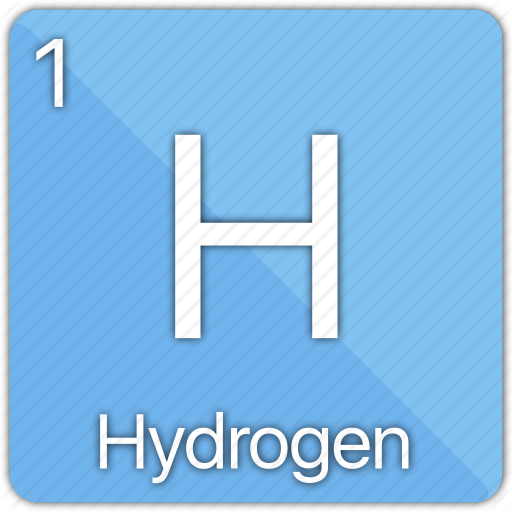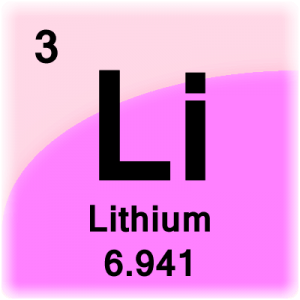When looking at a periodic table going to the right increases the atomic number and the # of electrons. This increase in electrons results in the valence (outermost) electrons shifting the structure of the atom. These valence shells are classifed into various subshells these include:
s (holds 2 valence electrons at max), p (holds 6 electrons at max), d (holds 10 electrons at max), f (holds 14 electrons at max), and g (holds 18 electrons at max).
After the first shell (row) p is used as well as s, after the second the d shell is used, after the third f and so on. after
Everytime one goes down a row the shell increases by one and is denoted by a # before the subshell for instance 1s or 3p and,
the number of electrons in a sub shell is denoted by a superscript of how many electrons here we will use ^ for instance 1s^2 2s^2 2p^6 3s^2 is magnesium at ground state.
One can also shorten the electron configuration by using the closest noble gas in brackets for instance for Mg I could've used [Ne] 3s^2. When writing for the d shell you have to go down one shell level and write that before d (this is due to the way in which electrons act in the d subshell) this is present for the rest of the subshells.
Practice finding the electron configuration of different elements and ions. Hover over for solutions.
Fe
![[Ar] 4s^2 3d^6](https://electronconfiguration.neocities.org/Pictures/iron.png)
H

Ne
![[He] 2s^2 2p^6](https://electronconfiguration.neocities.org/Pictures/Neon_Tile-300x300.png)
Pb
![[Xe] 4f^14 5d^10 6s^2 6p^2](https://electronconfiguration.neocities.org/Pictures/lead.jpg)
Li

Now try ions